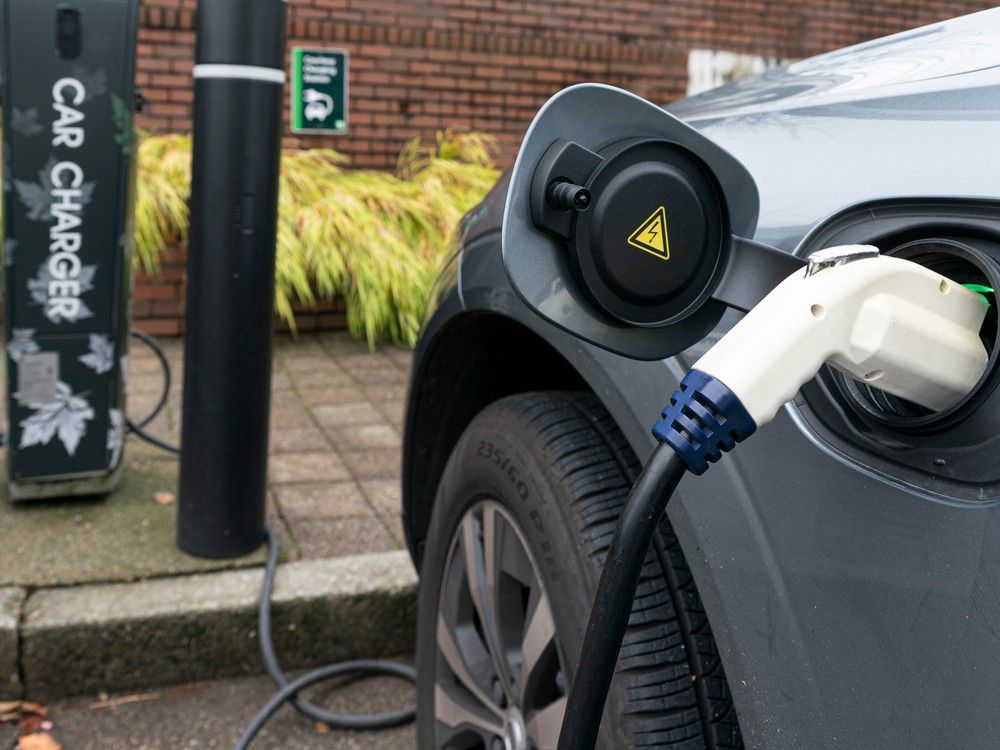it's not unheard of.
When I said "buy a golf cart and use it a while"--in order to "get your feet wet" with electric vehicles, I wasn't lying, but a few of you shook your head and said "you're an idiot".
I knew what I was talking about. I work on them at my day job and my side hustle; along with other EV's.
With golf cars, I buy and sell a few. When I find one for sale, the very first question is "how old are the batteries". If they're under a year old and seller has documentation, and they are good batteries, the value just increased dramatically. However, if they're dead, or old (or old and dead), I have to budget for new batteries and gamble on whether the MCU and motor are any count. A motor can be anywhere from $800 to $4500. MCU from $600 to $2500. Batteries, depends on the car, but typically $900 to $2000 for a set. So it's entirely possible to spend $5000 fixing a golf cart that's worth maybe $3000 on the used market. If it's just batteries, for instance on the Yamaha Drive models (G29, etc), a set of 6 8v batteries is about $2400 if you get good ones. The cart is worth, maybe $3000 on the used market, maybe a little more if it's CLEAN (looking brand new-which is rarer than frog fur). So, potentially a used electric cart with unknown batteries (or no batteries) is worth maybe $200-$300 and that assumes that a buyer is actually willing to buy it, and many (most) aren't.
When we get into EV utility vehicles that are using Li-Fe-Po batteries, the twin battery pack is about $20,000 to replace. The new unit is $30,000 and goes up from there depending on the options. Exactly zero people are willing to spend 20 grand on batteries to fix a 30 grand SxS, so once those batteries are gone, I would imagine that the value is close to zero. I predict this to be the case with cars too, as EV's become more prevalent. CURRENTly (LOL) the LiFePo batteries can be sold, there are buyers in I think Ukraine and other countries that buy them and take them apart, making cordless power tool batteries, and sometimes they use the parts to make drone batteries. But here in the USA, there is currently little to no market for them that I know of. Our battery supplier at work will not take them, they are a liability. Lithium batteries can (and sometimes do) fail in such a way that the BMS (which is built into the battery itself) will lose control over the discharge of the battery-and lithium batteries can discharge thousands of amps, all at once, which most of the time results in a runaway fire that is VERY hard to extinguish. Battery supplier said they have had them do this in their truck, which burned FLA batteries that were on the truck, resulting in the entire truck being a total loss-along with the road it was sitting on being melted due to the extreme heat.
If I have to replace a lithium battery (thankfully it's pretty rare), I can't do anything with them if the manufacturer doesn't want it back. Supplier won't take them, dump won't take them, nobody will take them so the only option I have is to crate it up and put it outside until we can find someone who will take them (even if we have to pay em). I have two boxed up outside as we speak and can't find anyone who'll currently take them.
These are the many challenges facing EV's that people don't talk about. There are a lot more challenges too, we'll work through them, but the first years are going to be a little rough.
also on EV's people often say "instant torque". In theory yes. In actuality, not hardly. Remember the MCU is what controls how much torque the motor makes. MCU=motor control unit. Basically you mash down on the gas pedal wanting that instant torque, if MCU sees no RPM, it will NOT give you instant torque-it's designed to protect the wiring, batteries, and motor from extremely high current and thus heat. Since I do SxS's and such, I can tell you that one SxS, if you have it in eco mode (which is where it should be all the time for the regen function to work), if you pull up to a 8" dia log laying on the trail, with a gas burner you just put it in low and climb over. With the EV unit, it will NOT climb over it if you come to a stop up against the log. The MCU protects how much current can go to the motor, so you get a little torque initially but if it doesn't see motor RPM or vehicle speed, it cuts the current and you sit still. You kinda have to back up a little, shift to low, and them get a little bit of a run at it. Frustrating but it is what it is. I'm sure someone will make a programmer for them to help with this but I can also guarantee you that motor failures and such won't be too far behind. OEM's have to protect their stuff, aftermarket doesn't have that kind of warranty so they couldn't care less about the motor and wiring. Just because you mash down on the gas pedal doesn't mean anything-it only means you're asking the MCU for torque, whether or not you actually get it is up to the MCU's programming. and one other note...with electric motors, the armatures have segments. If the motor is between segments while stopped, sometimes you will get no movement until the motor turns just a hair. Doesn't happen often but it does happen, and generally speaking, the cheaper the motor the more likely this is to happen.
Instant torque? Yeah I did a golf cart once where I could put all the amperage and all the voltage to the motor all at once. Remember I'm a drag racer and I "play" with things. It sheared the bolts off that hold the motor housing to the transaxle. Repaired that and the next time it ate all the splines right out of the motor armature. That's why the MCU controls the torque.




